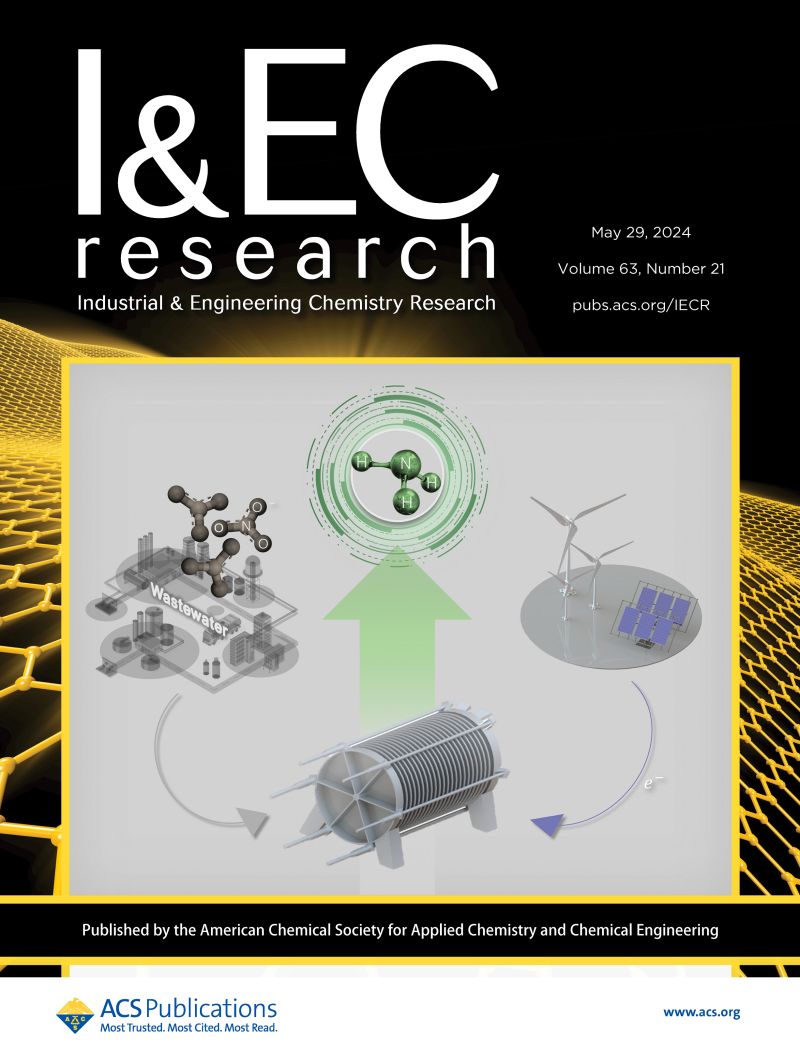Multistep Reaction Pathway and Kinetics of the Thermal Decomposition of Catalyst Precursors: Copper(II)–Zinc Hydroxycarbonates
IF 3.8
3区 工程技术
Q2 ENGINEERING, CHEMICAL
引用次数: 0
Abstract
The Cu–Zn hydroxycarbonates serve as precursors for the preparation of CuO–ZnO and Cu–ZnO catalysts for methanol synthesis. In this study, the multistep thermal decomposition of Cu–Zn hydroxycarbonates with varying Cu:Zn ratios was investigated using a methodologically sound kinetic analysis procedure. The objective was to provide fundamental data regarding the heterogeneous reaction scheme and kinetics of multistep thermal decomposition. It is expected that the fundamental kinetic data will subsequently be optimized for the specific Cu–Zn hydroxycarbonate under specific reaction conditions and utilized for refining the processing conditions to prepare CuO–ZnO and Cu–ZnO. The Cu–Zn hydroxycarbonates with different Cu:Zn ratios were characterized as malachite, zincian malachite, aurichalcite, and hydrozincite, as well as these mixtures depending on the Cu:Zn ratio. For all Cu–Zn hydroxycarbonate samples, the multistep thermal decomposition was individually modeled as a partially overlapping five-step process to produce CuO–ZnO via poorly crystalline intermediate oxycarbonates or carbonates. The contribution and kinetic parameters of each reaction step in individual samples with specific Cu:Zn ratios were tabulated, which were correlated to the stoichiometry of the multistep reaction and compared between different samples.

求助全文
约1分钟内获得全文
求助全文
来源期刊

Industrial & Engineering Chemistry Research
工程技术-工程:化工
CiteScore
7.40
自引率
7.10%
发文量
1467
审稿时长
2.8 months
期刊介绍:
ndustrial & Engineering Chemistry, with variations in title and format, has been published since 1909 by the American Chemical Society. Industrial & Engineering Chemistry Research is a weekly publication that reports industrial and academic research in the broad fields of applied chemistry and chemical engineering with special focus on fundamentals, processes, and products.
 求助内容:
求助内容: 应助结果提醒方式:
应助结果提醒方式:


